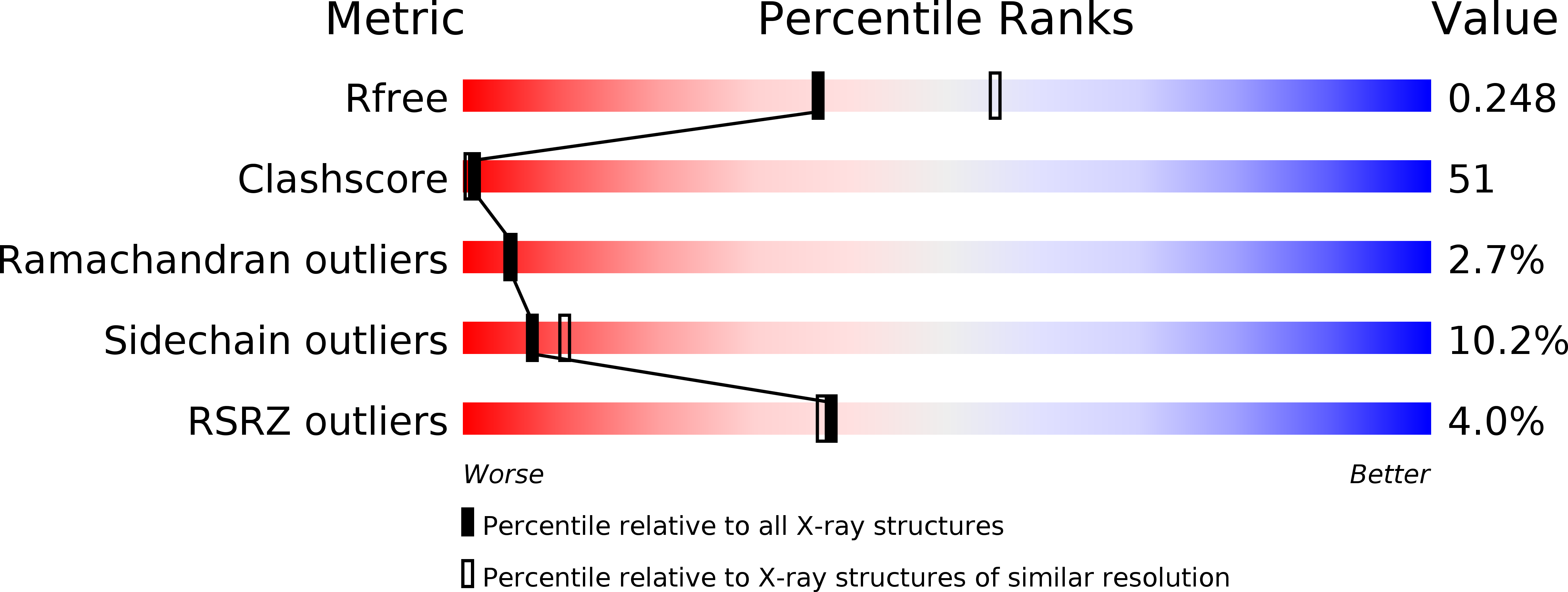
Deposition Date
2003-11-23
Release Date
2004-06-08
Last Version Date
2023-12-27
Entry Detail
PDB ID:
1V5H
Keywords:
Title:
Crystal Structure of Human Cytoglobin (Ferric Form)
Biological Source:
Source Organism:
Homo sapiens (Taxon ID: 9606)
Host Organism:
Method Details:
Experimental Method:
Resolution:
2.40 Å
R-Value Free:
0.25
R-Value Work:
0.24
R-Value Observed:
0.24
Space Group:
P 32 2 1


